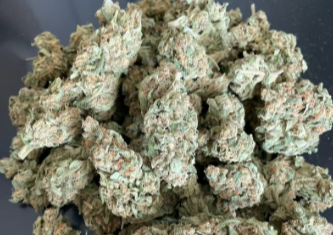Forbidden Cannabis

The concept of ‘forbidden cannabis’ encapsulates a complex interplay of historical context, cultural perceptions, and legal challenges that have shaped societal attitudes towards this plant. Long viewed through a lens of stigma and misconception, cannabis has faced stringent restrictions that often disproportionately impact marginalized communities. As advocates increasingly call for legislative reform, the conversation surrounding cannabis is shifting, raising critical questions about justice, equity, and public health. What might this evolving narrative mean for the future of cannabis policy and societal acceptance?
Historical Context of Cannabis
The historical context of cannabis reveals a complex interplay between cultural practices, medicinal uses, and evolving legal frameworks that have shaped its perception throughout various societies.
Ancient usage of cannabis for its medicinal applications can be traced back thousands of years, highlighting its significance in traditional healing practices.
This rich history underscores the need for contemporary discussions surrounding cannabis to be informed by its diverse past.
Read more: Flavors Dispensary
Cultural Perceptions and Stigmas
Across cultures, perceptions of cannabis have evolved dramatically, often influenced by social norms, legal restrictions, and historical narratives that contribute to a complex stigma surrounding its use.
Cannabis stereotypes perpetuated by societal norms have led to misconceptions, framing users as irresponsible or deviant.
As awareness grows, many advocate for a reevaluation of these stigmas, fostering a more informed and liberated dialogue about cannabis and its potential benefits.
Legal Challenges and Implications
Navigating the complex landscape of cannabis legislation reveals a myriad of legal challenges and implications that vary significantly across jurisdictions, complicating efforts for reform and normalization.
Legal regulations often clash with societal attitudes, leading to enforcement issues that disproportionately affect marginalized communities.
As advocates push for change, understanding these legal intricacies becomes essential in the pursuit of equitable cannabis policies that respect individual freedoms.
Conclusion
The narrative surrounding cannabis, once shrouded in shadows of stigma and prohibition, is gradually emerging into the light of understanding and reform.
As historical misconceptions fade like mist at dawn, the call for equitable policies gains momentum, echoing through communities long marginalized by restrictive laws.
Embracing the plant’s medicinal heritage can transform societal landscapes, paving the way for a future where cannabis is recognized not as a forbidden fruit, but as a source of healing and empowerment for all.
